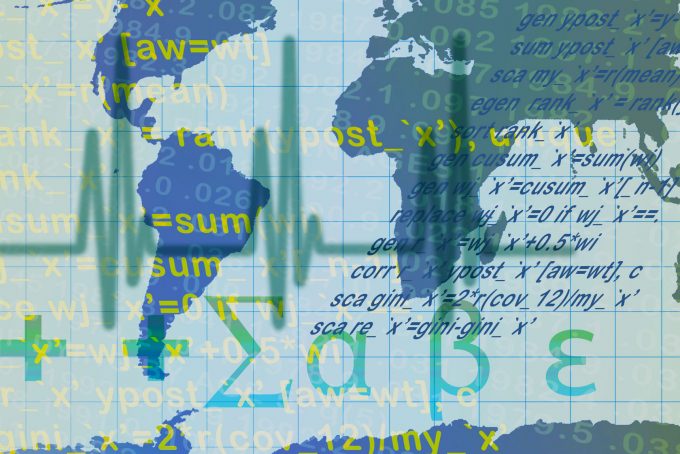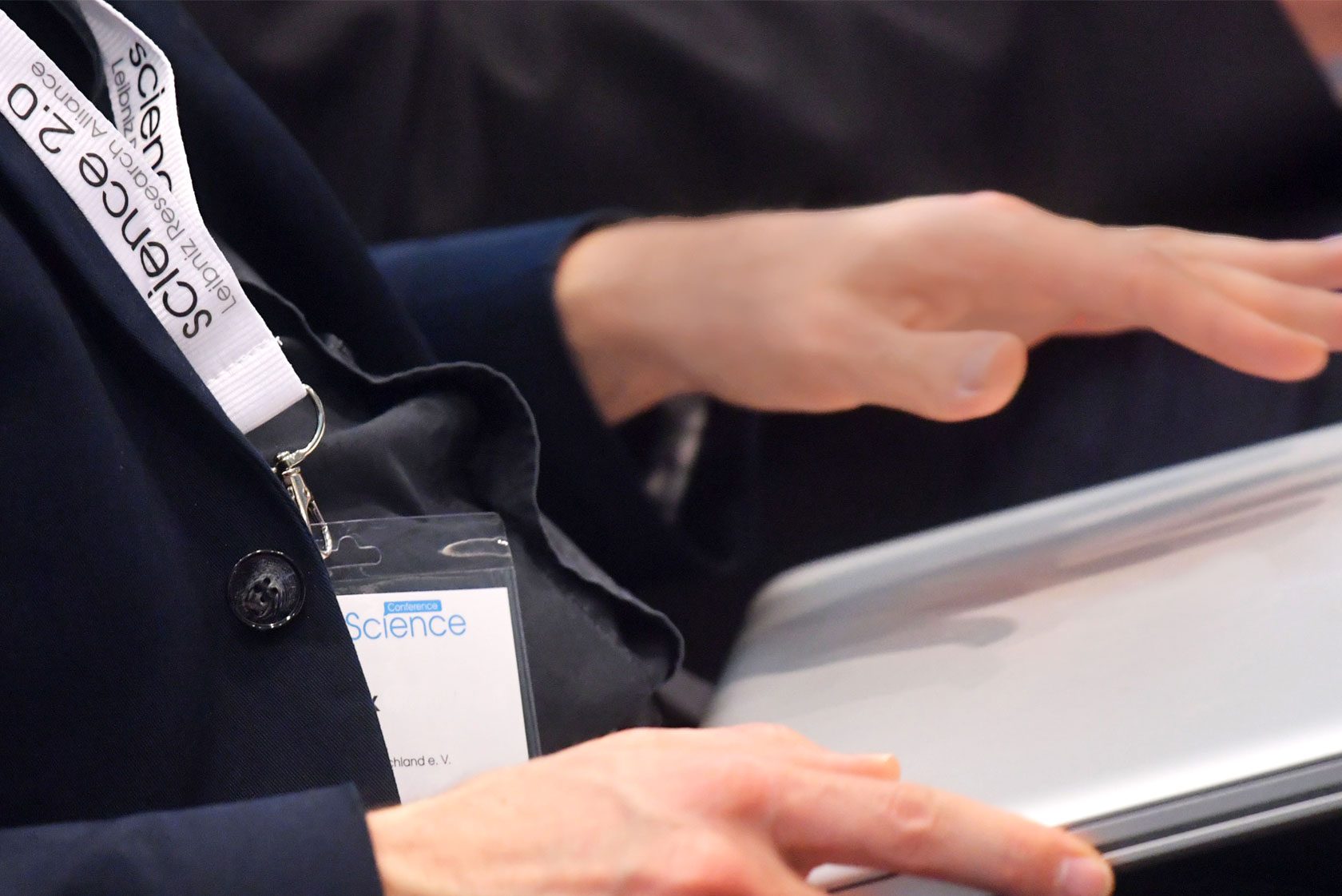
Open Science Conference 2017: Report
The Open Science Conference, which served as the fourth international conference of the Leibniz Research Alliance Science 2.0, was held in Berlin on 21 and 22 March 2017.
The conference, a continuation and further development of the Science 2.0 Conference, addresses the current open science movement which is strongly influenced by European research policy. The topic’s timeliness and relevance was already noticeable in the run-up to the conference, which was booked out early with 220 participants from 34 countries.
While delivering his opening speech, conference chair Klaus Tochtermann therefore made it clear: ‘Open science gained momentum’.
The Open Science Conference once again mainly consisted of lectures by internationally renowned experts. There were also two panel discussions, two workshops and a poster session in which 18 accepted contributions from a total of 57 submissions were presented. The poster session addresses a call from the community to also open the conference up to what is currently happening in different open science projects and the respective communities. This year’s focus was on research data and their infrastructures as well as open educational resources (OER) as an aspect of open science. Furthermore, alternative methods for evaluating scientific achievements were discussed.
We've just uploaded most of the posters & slides from the lightning talks to our website. More to come! https://t.co/9vtIaBuHQx #osc2017 pic.twitter.com/H6Td7Ij1AK
— Leibniz-Science2.0 (@lfvscience20) 22. März 2017
By following the hashtag #OSC2017 the tweets of the conference can be read.
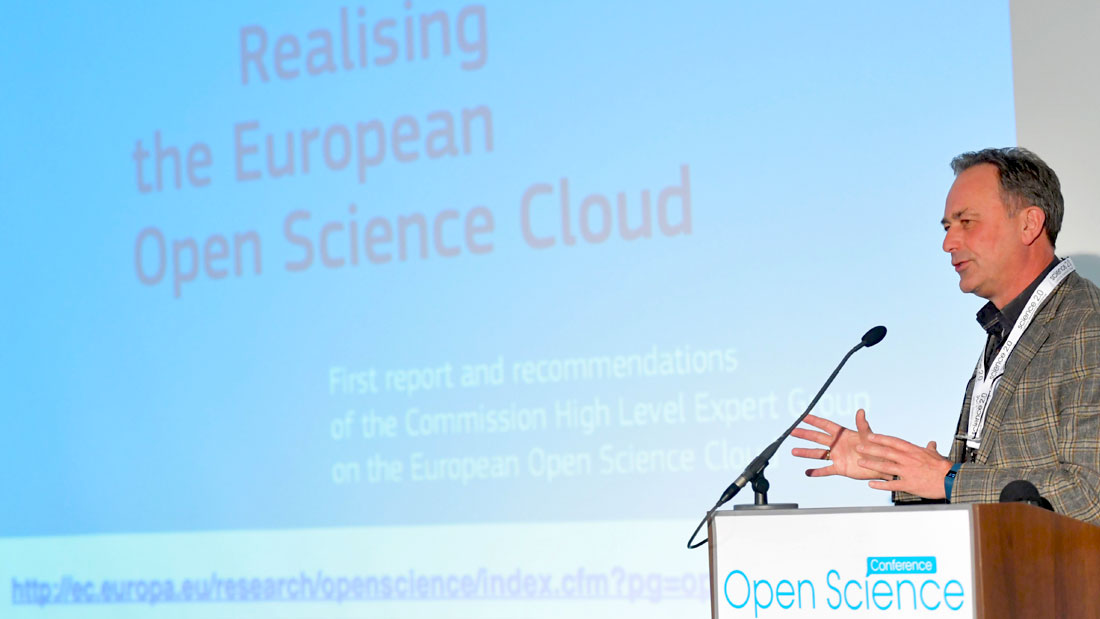
Generic research data infrastructures for FAIR Data
During the conference, it was also clear that open data is a key issue which, in the context of open science, is being strongly pushed at the levels of national and European research policy. This saw the FAIR data principles (findability, accessibility, interoperability and reusability) being drawn on repeatedly whenever addressing fair open access to research data.
These principles thus form a foundation for a common understanding of open data. The FAIR data principles play an important role in the European Open Science Cloud (EOSC) and its capacity as a federated, pan-European research data infrastructure, as well as in the “Generic Research Data Infrastructure” (GeRDI), planned in Germany and its capacity as a national infrastructure contribution from Germany to the EOSC.
Jean-Claude Burgelmann of the European Commission discussed the EOSC’s current status and presented the roadmap for the next steps towards implementing it. As far as this is concerned, there is currently a pilot project called EOSCpilot. The GeRDI project was presented by Arndt Bode of the Leibniz Supercomputing Centre of the Bavarian Academy of Sciences and Humanities (LRZ), Munich.
However, in his lecture, Barend Mons, the former chairman of the European Commission’s High Level Expert Group of the EOSC, pointed out that FAIR data principles must also be implemented and that recognised standards have to be defined and specified.
Mons stressed that the success of the Internet as we know it is based on standards, not just principles.
The numerous research initiatives surrounding research data reveal that this bottom-up process is also accompanied by top-down impulses from science policy, but this has not yet led to a satisfactory and pervasive range of offers. It will therefore be very important to offer research data infrastructures which are interdisciplinary and widely known (for example the EOSC or GeRDI).
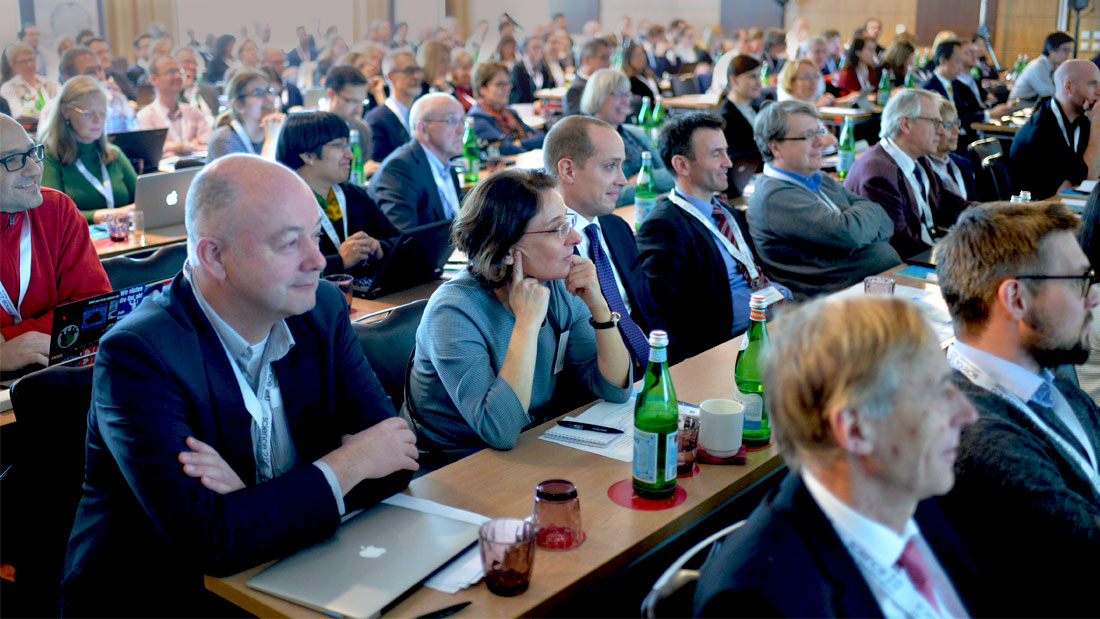
Open is not free
It was interesting to note that many lectures constantly emphasised that ‘open’ does not mean ‘free’. And it wasn’t always clear what this refers to or wherein the actual difference lies when ‘open’ is effectively considered to be more restrictive than ‘free’. What, for example, does this mean for the end user? There is a danger that a lack of conceptual clarity which should actually be avoided will arise.
There will, of course, be regulations on who can use which data when and for what purpose, even if the actual access is free of charge. However, free access does not mean that no costs arise. Some lectures therefore emphasised that there must be sustainable business models that specify relevant partnerships with the respective stakeholders. Included among these are commercial stakeholders such as scientific publishers or producers of educational materials.
Openness therefore also has limitations. Openness is considered unanimously as default, but it also applies the rule “as open as possible and closed where necessary”. For example, Count Matthias von Kielmansegg of the Federal Ministry of Education and Research (BMBF) emphasised that the BMBF strives for a suitable balance between open and closed research. The BMBF, for example, promotes cooperation between science and business in which not everything can be open.
Open science: cultural barriers – not technical ones – are pivotal
Transferring research into an open ecosystem is a lengthy process with plenty of challenges. However, as many lectures emphasised, these challenges are basically of a social and cultural nature and not necessarily technical. The hurdles are mental, and these barriers should be dismantled. A fundamental problem is that the indicators that are currently used in the scientific evaluation system do not adequately consider the complexity involved in the digitisation of science – namely its new working methods and final products such as research data and software as well as the open science practices that have been made possible through digitisation.
Incentives are needed so that, for example, researchers will actually use infrastructures such as the EOSC and GeRDI in the future. One way to achieve this is through indicators or metrics that are able to suitably depict the digitisation of science and open science practices. The European Commission Expert Group on Altmetrics dealt with this issue, presenting its final report as part of the conference and discussing it in a panel.
Skip to PDF content
Among the main findings are that neither traditional nor alternative metrics work perfectly – thus making responsible metrics handling a crucial factor – and that all metrics should be open to open science. In particular, the openness and responsible handling of next-generation metrics are central aspects for creating transparency, gaining trust and thus reducing barriers. According to two recommendations for action from the final report, the term ‘responsible metrics’ means that only what is truly important and counts is measured (‘measure what matters’), and that disadvantages of incorrectly applied metrics are shown.
In this context, Burgelmann’s lecture from the previous day suggested initial indicators for recording developments and trends in open science in Europe as part of the European Commission’s Open Science Monitor.
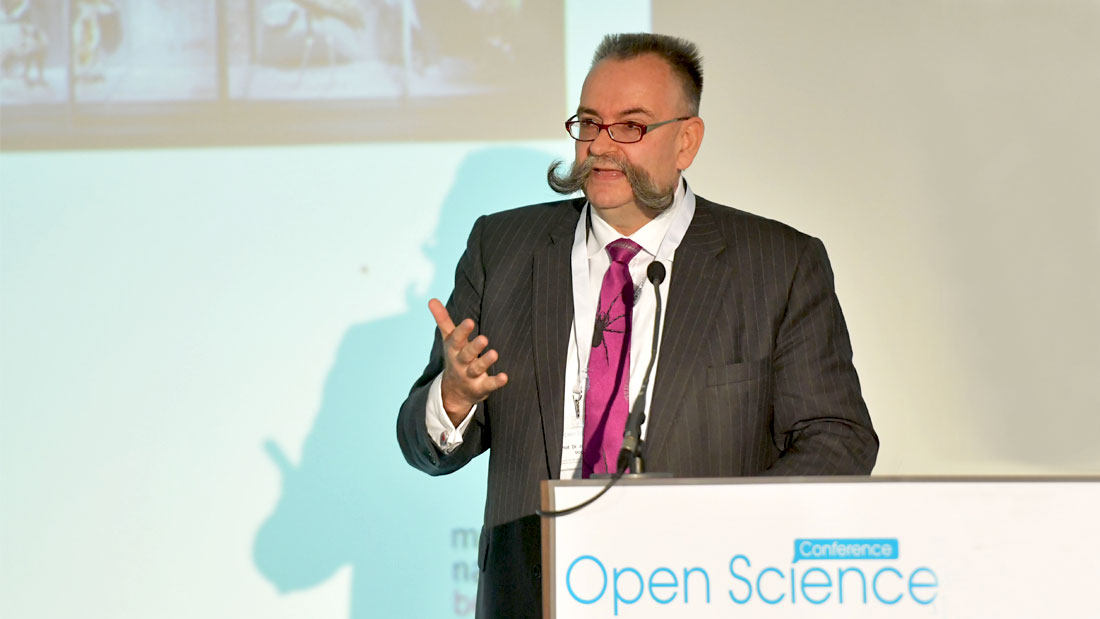
More civic participation
Open science doesn’t just relate to the science system, but is directed towards civil society as well. With the term ‘citizen science’, citizens are to be more involved (for instance participate) in research processes. It’s a movement that is gaining importance.
Johannes Vogel, Chairman of the Open Science Policy Platform (OSPP) which advises the European Commission on how to implement the open science agenda, spoke of the future importance of this type of participation in the science system. Citizens want to participate. This means that research should be made more transparent to civil society; in turn, its acceptance will increase. This particularly applies to socially relevant issues such as climate change.
Scientifically educated citizens are to be far more extensively involved in research than before and work closely with researchers to promote open innovation in the sense of open science. Researchers must adequately educate citizens about this and reflect on early involvement. According to Vogel, 10 percent of the research budget should be invested in public engagement.
Citizen science is still in its early stages. In many projects, for example, participation is based on a ‘crowd’-based collection of data.
But according to Vogel, an intensive form of participation by civil society is a necessary ‘profound change’ for the survival of the current science system; otherwise, there will be a slow death (‘Deep change or slow death!’).
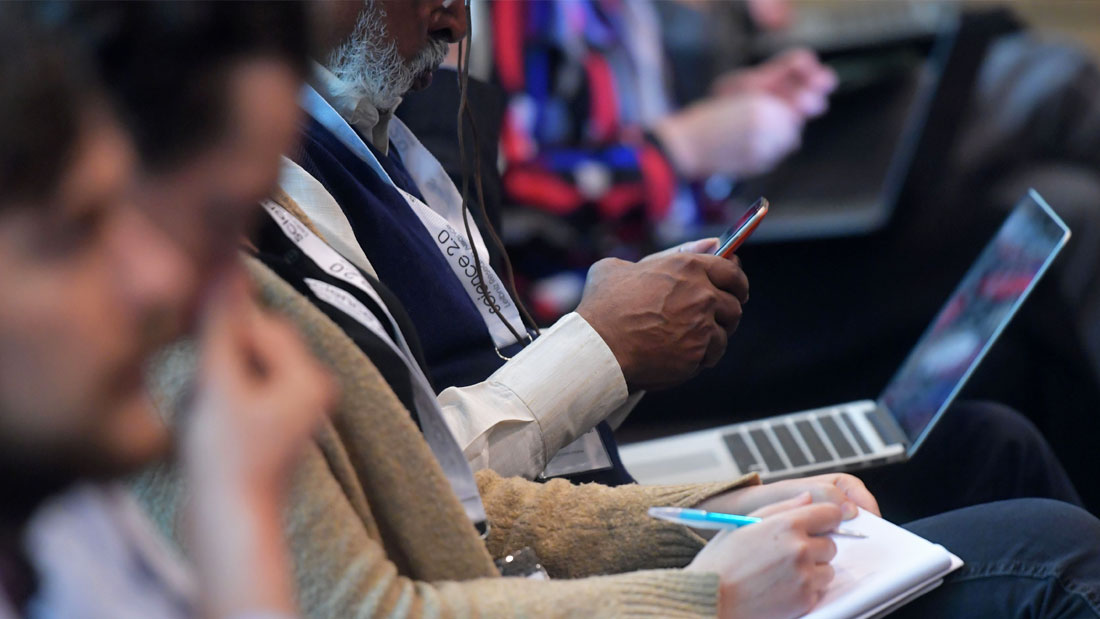
OER and Open Science
The second day of the conference in particular was devoted to the role of OER in Open Science – two communities that to this point have been rather divided. In his lecture, Count von Kielmansegg emphasised that at its core, OER includes the collaborative creation and sharing of educational material. Collaboration and sharing are key aspects of open science. As the representative of the Organisation for Economic Co-operation and Development (OECD), Dirk von Damme further expanded this relationship between OER and open science by specifying the characteristics of OER through the so-called 5 R’s (Retain, Reuse, Revise, Remix, Restribute), which many MOOCs would not fulfil. At the same time, he emphasised that the culture of collaboration and sharing, for example, was not widespread among teachers.
Marco Kalz from the Open University of the Netherlands used his lecture to stress that positive effects of OER such as increased innovation were not even confirmed by scientific investigations and that more research should therefore be carried out in this area. With OERInfo, Marc Rittberger from the German Institute for International Educational Research (DIPF) presented a promising approach to better support and network the OER community at least in Germany. To this end, a central contact point is created which provides an overview of OER via information, transfer and networks.
Finally, it can be said that the OER and open science community do not yet have many points of contact, but that closer cooperation serves a useful purpose. OER can be an important building block for anchoring open science practices in teaching. Additionally, in the context of citizen science, OER materials could also be specifically targeted at civil society. Thus, closer co-operation between the communities seems quite reasonable.
Outlook and Review – Open Science Conference 2017+
- The lectures and presented posters are linked directly in the OSC 2017 programme.
- The pressrelease of the ZBW referring the OSC2017 can be found here.
- Using the hashtag #OSC2017 the tweets of the conference can be read.
- There are also podcasts on the poster sessions Open Science Radio.
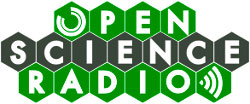
The Open Science Conference will again be held in Berlin in 2018. Communities that use research data infrastructures and are thus also potential users of EOSC and GeRDI will be invited. In addition, the current state of European research policy will once again be addressed through reports from other expert groups and more.
Photos: Oliver Lang©
View Comments

Open Data, Open Access, New Formats for Publications: The Future for Economics Research?
What does the future of research and publishing look like? Views of what changes open...


